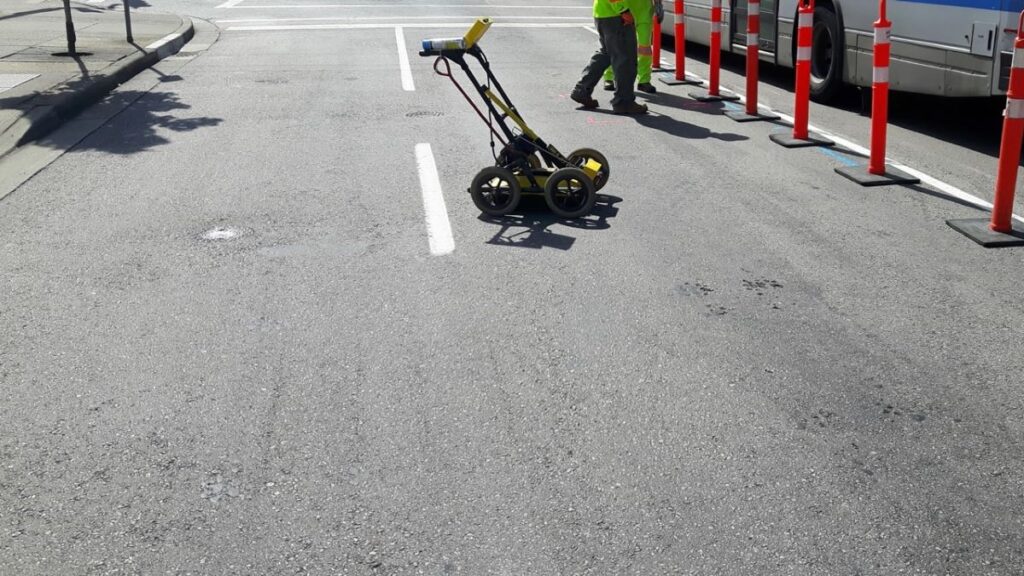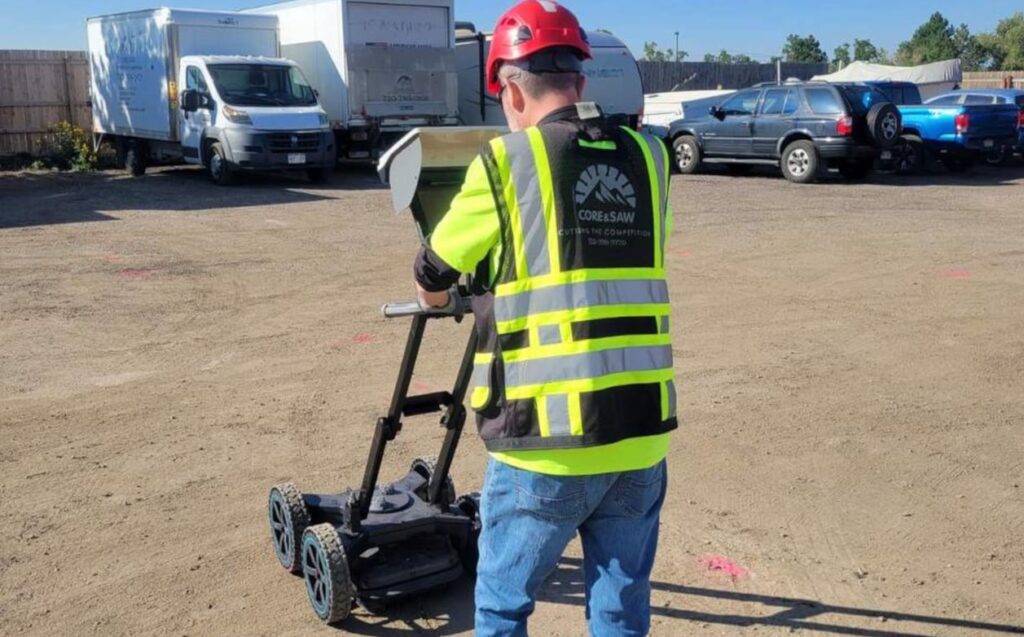In an era where infrastructure development is at the forefront of urban planning and construction, the importance of cable locating services cannot be overstated. These services play a crucial role in ensuring that excavation and construction projects proceed smoothly, without the risk of damaging underground utilities. This article delves into the significance of cable locating services, the technologies involved, and the best practices to mitigate risks associated with underground utilities.
Understanding Cable Locating Services
Cable locating services involve the use of specialised equipment and techniques to identify the location of underground utilities, such as electrical cables, water pipes, and telecommunications lines. The primary aim of these services is to prevent accidental damage during excavation or construction activities, which can lead to costly repairs, project delays, and safety hazards.
The Importance of Cable Locating
Accurate cable locating is critical for several reasons. Firstly, it helps to safeguard the safety of workers and the public. Striking a live electrical line or a gas pipe can have catastrophic consequences, including injuries and fatalities. Secondly, it protects the integrity of existing infrastructure. Damage to underground utilities can disrupt services, leading to significant financial losses for businesses and inconvenience for residents.
Moreover, understanding the layout of underground utilities is essential for compliance with local regulations. Many jurisdictions require that utility locations be identified before any excavation work begins. Failing to comply with these regulations can result in fines and legal repercussions. In addition, the growing complexity of urban environments, where multiple utilities often run in close proximity, makes precise cable locating even more vital. As cities expand and develop, the risk of encountering unmarked or misidentified utilities increases, underscoring the need for thorough and professional locating services.
Technologies Used in Cable Locating
Modern cable locating services employ a variety of technologies to accurately pinpoint the location of underground utilities. Among the most common methods are electromagnetic locating, ground penetrating radar (GPR), and acoustic locating.
Electromagnetic locating involves sending a signal through the utility line, which is then detected by a receiver. This method is effective for locating metallic utilities, such as copper and steel cables. Ground penetrating radar, on the other hand, uses radar pulses to image the subsurface, allowing for the detection of both metallic and non-metallic utilities. Acoustic locating employs sound waves to identify the location of utilities, particularly useful for locating non-metallic pipes. Each of these techniques has its advantages and limitations, and often, a combination of methods is employed to ensure the highest level of accuracy. Furthermore, advancements in technology continue to enhance the capabilities of cable locating services, with innovations such as 3D mapping and digital reporting systems providing even greater detail and clarity in utility identification, thus facilitating more efficient planning and execution of construction projects.
Common Risks Associated with Underground Utilities
Despite the advancements in cable locating technologies, risks remain when working near underground utilities. Understanding these risks is essential for any construction or excavation project.
Accidental Strikes
One of the most significant risks is the accidental strike of underground utilities. This can occur when excavation equipment inadvertently damages a cable or pipe, leading to service disruptions and potential hazards. Such incidents can result in costly repairs and project delays, as well as legal liabilities for the contractor.
To mitigate this risk, it is crucial to conduct thorough cable locating before commencing any excavation work. This involves not only identifying the location of utilities but also understanding their depth and the surrounding environment. Furthermore, it is advisable to implement a comprehensive safety plan that includes clear communication among team members, proper training on equipment usage, and the establishment of designated safe zones around identified utility lines. Such measures can significantly enhance safety and efficiency on-site, ensuring that workers are well-prepared to handle any unforeseen circumstances.
Inaccurate Information
Another common risk is the reliance on outdated or inaccurate utility maps. Many older maps may not reflect recent changes to the infrastructure, leading to potential misidentifications during excavation. This highlights the importance of using up-to-date locating services and verifying information with utility providers.
Engaging professional cable locating services ensures that the information is accurate and reliable, significantly reducing the risk of encountering unmarked utilities. Additionally, it is beneficial to foster relationships with local utility companies, as they can provide invaluable insights and updates on any recent installations or modifications. By maintaining open lines of communication with these entities, contractors can stay informed about potential risks and better prepare for the challenges that may arise during excavation projects. This proactive approach not only enhances safety but also contributes to the overall success of the project.

Best Practices for Cable Locating
To minimise risks associated with underground utilities, several best practices should be followed during the cable locating process.
Engage Professional Services
One of the most effective ways to ensure accurate cable locating is to engage professional services. Experienced technicians possess the expertise and equipment necessary to accurately identify the location of utilities. They are trained to interpret data and provide comprehensive reports that outline the findings.
Additionally, professional services often employ multiple locating methods, increasing the likelihood of accurate results. This multi-faceted approach is particularly beneficial in complex urban environments where utilities may be densely packed. Furthermore, these professionals stay updated with the latest technologies and techniques in the field, ensuring that they can adapt to any challenges that may arise during the locating process. By investing in such services, companies not only enhance safety but also improve the efficiency of their projects, potentially saving time and resources in the long run.
Conduct Pre-Excavation Surveys
Before any excavation begins, conducting a pre-excavation survey is essential. This survey should include a detailed assessment of the site, including the location of all known utilities and potential hazards. By mapping out the area, construction teams can plan their work more effectively and avoid areas where utilities are present.
Moreover, sharing this information with all team members ensures that everyone is aware of the potential risks and can take the necessary precautions. It is also advisable to establish clear communication protocols among team members, which can facilitate quick decision-making should unexpected issues arise during the excavation. In addition, documenting the findings of the pre-excavation survey can serve as a valuable reference for future projects, helping to build a comprehensive database of utility locations that can benefit other teams and projects in the area. This proactive approach not only enhances safety but also fosters a culture of diligence and responsibility within the workforce.
Legal and Regulatory Considerations
Understanding the legal and regulatory landscape surrounding cable locating is crucial for any construction project. Different jurisdictions have specific regulations regarding the identification and marking of underground utilities. These regulations are designed not only to protect the integrity of essential services but also to safeguard the lives of workers and the public.
Compliance with Local Regulations
Compliance with local regulations is not only a legal requirement but also a best practice that enhances safety and efficiency. Many regions mandate that utility companies be notified before excavation begins, allowing them to mark the location of their services. Failing to adhere to these regulations can result in hefty fines and project delays. Furthermore, the process of notifying utility companies often involves a waiting period, during which the contractor must refrain from any excavation activities, highlighting the importance of planning ahead.
Additionally, contractors should be familiar with the specific requirements for their area, including any necessary permits or notifications. Engaging with local utility providers can help clarify these requirements and ensure compliance. In some cases, local authorities may also provide resources or guidance on best practices for cable locating, which can further assist contractors in navigating the complexities of the regulatory landscape. This proactive approach not only minimises risks but also fosters positive relationships with local stakeholders, which can be beneficial for future projects.
Liability and Insurance Considerations
Liability is a critical concern when working near underground utilities. Accidental damage to utilities can lead to significant financial repercussions, including repair costs and legal claims. Therefore, it is essential for contractors to have adequate insurance coverage that includes protection against utility strikes. This insurance not only covers the immediate costs associated with damage but can also extend to cover potential claims from third parties affected by service disruptions.
Moreover, documenting all cable locating activities and findings can provide crucial evidence in the event of a dispute. This documentation should include detailed reports from professional locating services, as well as any communications with utility providers. In addition, maintaining a comprehensive log of all site activities, including photographs and witness statements, can further bolster a contractor’s position should any issues arise. By adopting a meticulous approach to documentation, contractors can not only protect themselves legally but also enhance their reputation as responsible and diligent professionals in the construction industry.

Conclusion
Cable locating services are an indispensable part of modern construction and excavation projects. By accurately identifying the location of underground utilities, these services help to mitigate risks and ensure the safety of workers and the public. Engaging professional services, conducting thorough pre-excavation surveys, and adhering to legal regulations are essential steps in minimising risks associated with underground utilities.
As infrastructure continues to evolve, the importance of cable locating services will only increase. By prioritising safety and accuracy, construction teams can avoid costly mistakes and contribute to the successful completion of their projects. Investing in reliable cable locating services is not just a precaution; it is a commitment to quality and safety in every endeavour.
More to Read : Subsurface Utility Solutions for Safe and Efficient Project Execution